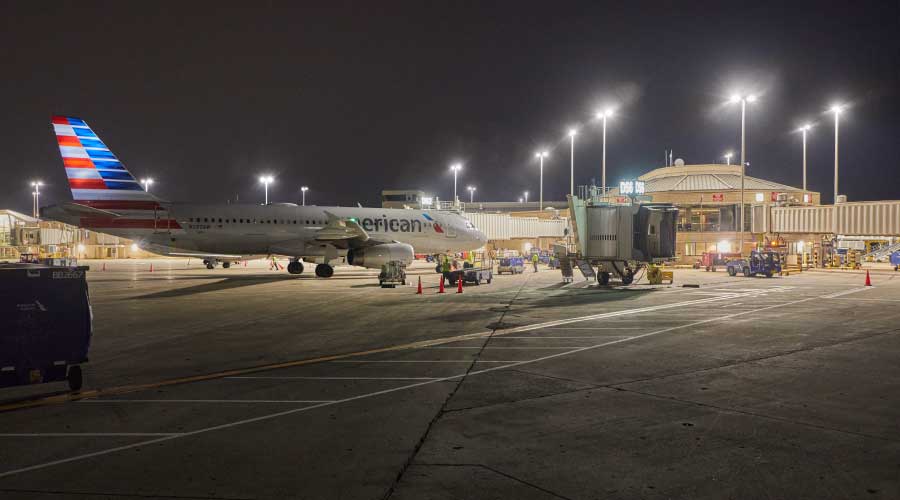County's Lighting Retrofit Delivers Savings, Lesson
Through careful planning and product specification, a lighting upgrade of the Hennepin County (Minn.) Government Center enabled managers and the project team to effectively match lighting technology to the facility's needs, while generating energy savings. But the project also produced an unforeseen result that managers will be able to use to improve the effectiveness of future projects.
Focus On Lamps
Hennepin County, home to Minneapolis, is the largest of Minnesota's counties in population, with nearly 1.7 million people. The upgrade took place in the county's 1.5 million-square-foot government center, which is home to county government, including a number of county services offices and county administration.
Built in 1974, the 29-story government center also serves as a home to district court operations, says Leah Hiniker, the county's energy manager. The building has 21 entry points and consists of two separate towers on top of a common base, connected at seven different levels through bridges built across a 24-story-high atrium. Roughly 2,000 people work in the building, and about 10,000 visitors pass through it daily.
The lighting upgrade involved the replacement of 21,658 lamps, as well as a few ballasts, in offices and public spaces. In their place, workers installed newer, energy-efficient lamps over a six-week period in 2010, Hiniker says.
"We replaced standard 32-watt, 4-foot T8 fluorescent lamps with low-wattage, 28-watt T8 lamp," she says.
The department retained a contractor for the project, but in-house staff was responsible for approval of the products specified and for several tasks and testing in preparation for the project. Walker's department is responsible for maintaining most county facilities ranging from libraries to transportation facilities.
"We're responsible for maintaining all of the buildings and ground for short- and long-term maintenance needs, capital budget forecasting," Walker says.
As with many lighting-retrofit projects, Hennepin's County's started with the installation of test lamps in key areas of the county facility to determine early on whether selected lamps would produce the desired results.
"The facilities department helped by installing test lamps in specific areas of the building to assure that the new low-wattage lamps would work with the existing ballasts and master slave wiring," Hiniker says. Department workers also verified that the lower light levels the project would produce would not impair building occupants' productivity.
"We did some trial areas and came to the conclusion that the slightly reduced light levels were not an issue," says Ted Walker, the county's senior facility operations manager.
In-house staff also estimated the cost of the project and its payback, Walker says. The payback will be less than two years, Hiniker adds. The department also secured the funding to perform the retrofit, which included funds under the American Recovery and Reinvestment Act.
Hiniker, who served as project manger, helped oversee the facility staff by counting and identifying the location of lamps to be replaced throughout the building. The contractor replaced most of the lamps, though in-house staff replaced lamps in secured areas containing sensitive information.
"Coordination of the project implementation was done by the contractor through the facilities department with the building operations manager and energy manager," Hiniker says.
Related Topics:













